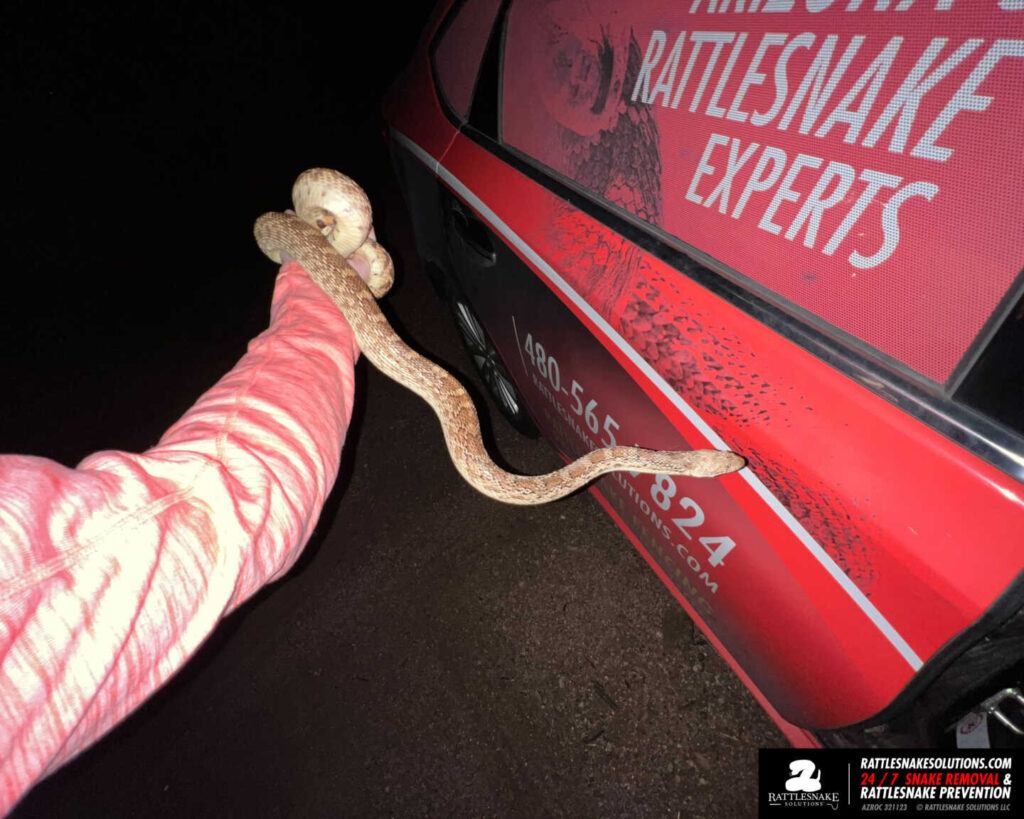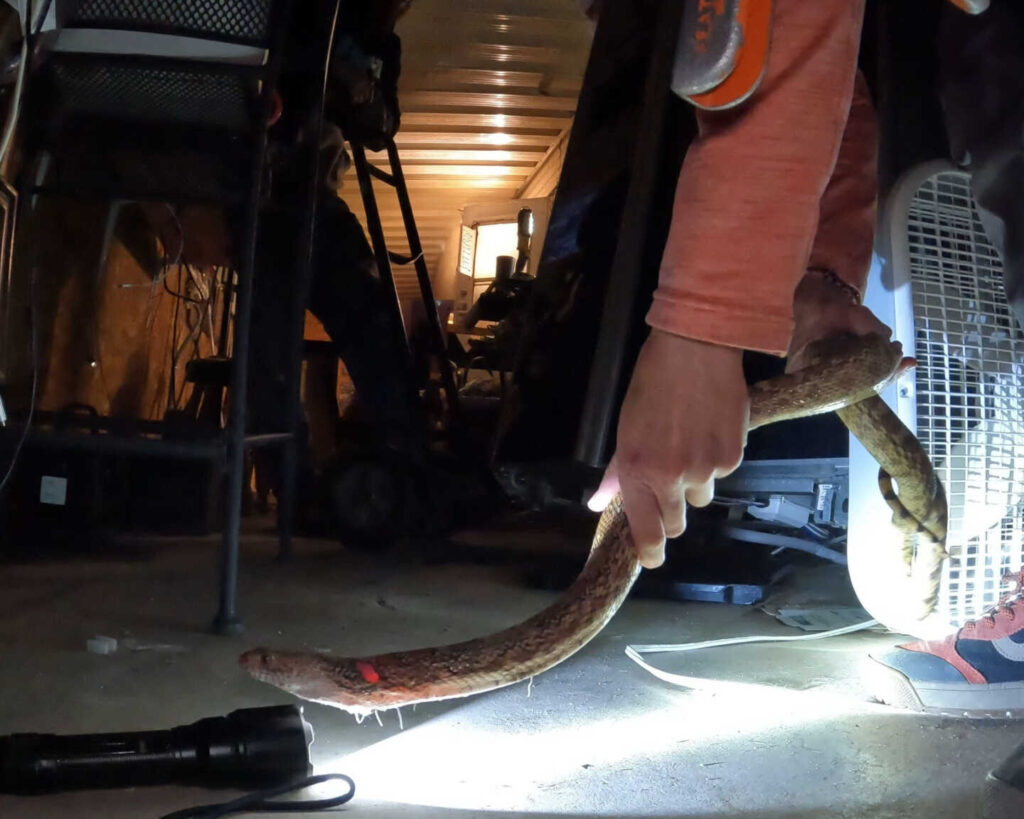
This one was called in as a baby rattlesnake, but ended up being a baby Sonoran Gophersnake with a particularly high-contrast pattern. This one is showing off one of its talents that make them able to get into any property, and why our Rattlesnake Fencing is called “rattlesnake fencing” and not “snake fencing”. Of course these are harmless animals, so things work out just fine.
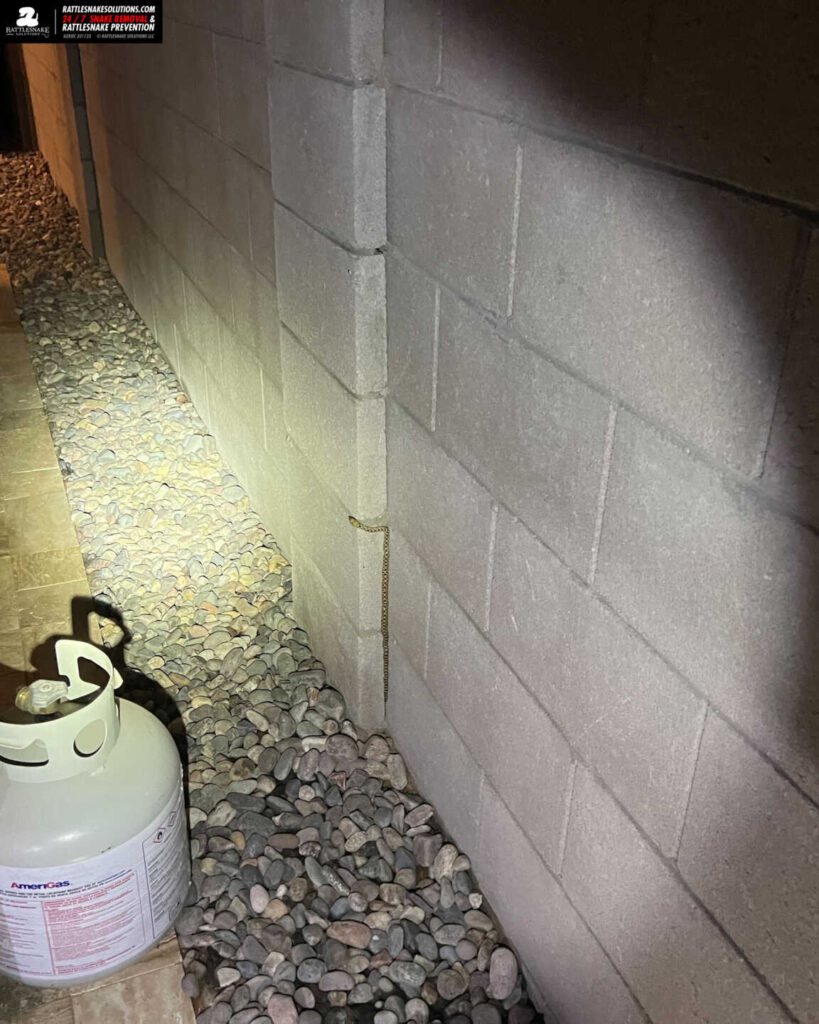
An addition to this fencing to make pool time in 2024 more relaxing: – Prevents entry of all rattlesnake species in the area, of any size – Barely visible from a short distance – Compliant with most HOA regulations, or can be worked with to accommodate
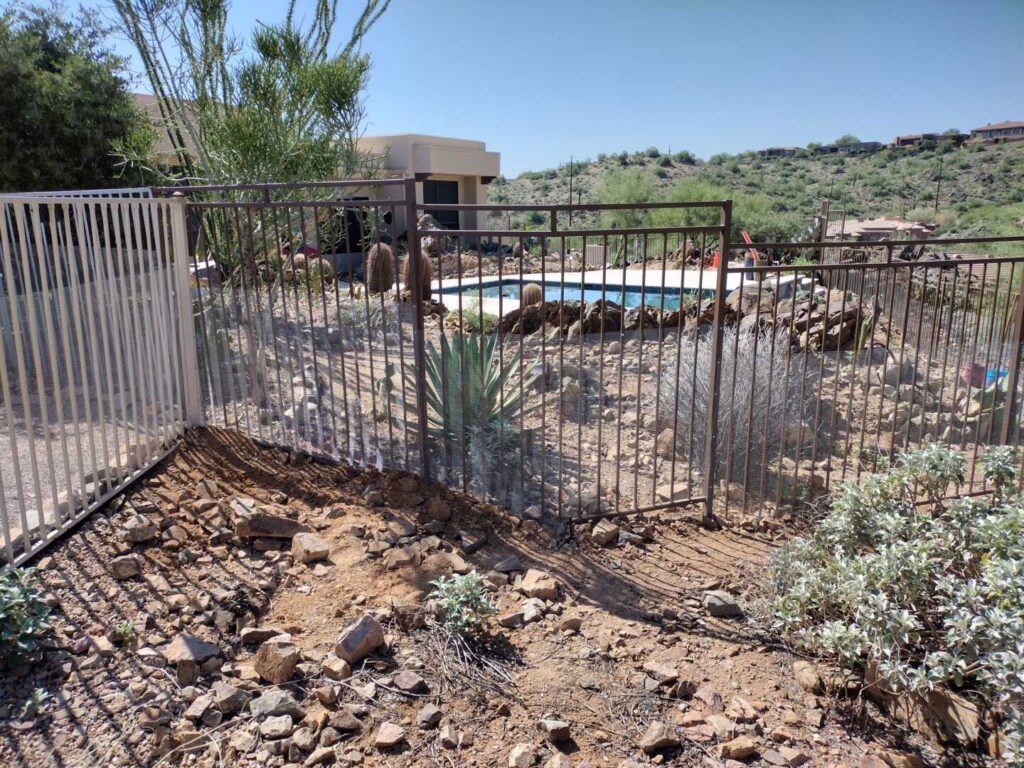
Baby rattlesnakes are little, and the little details matter. This gap between the home and wall that was sealed up as part of a recent rattlesnake fence installation is one of the things most often overlooked by landscapers and other various non-snake people that would make a backyard a snake trap unless done properly.
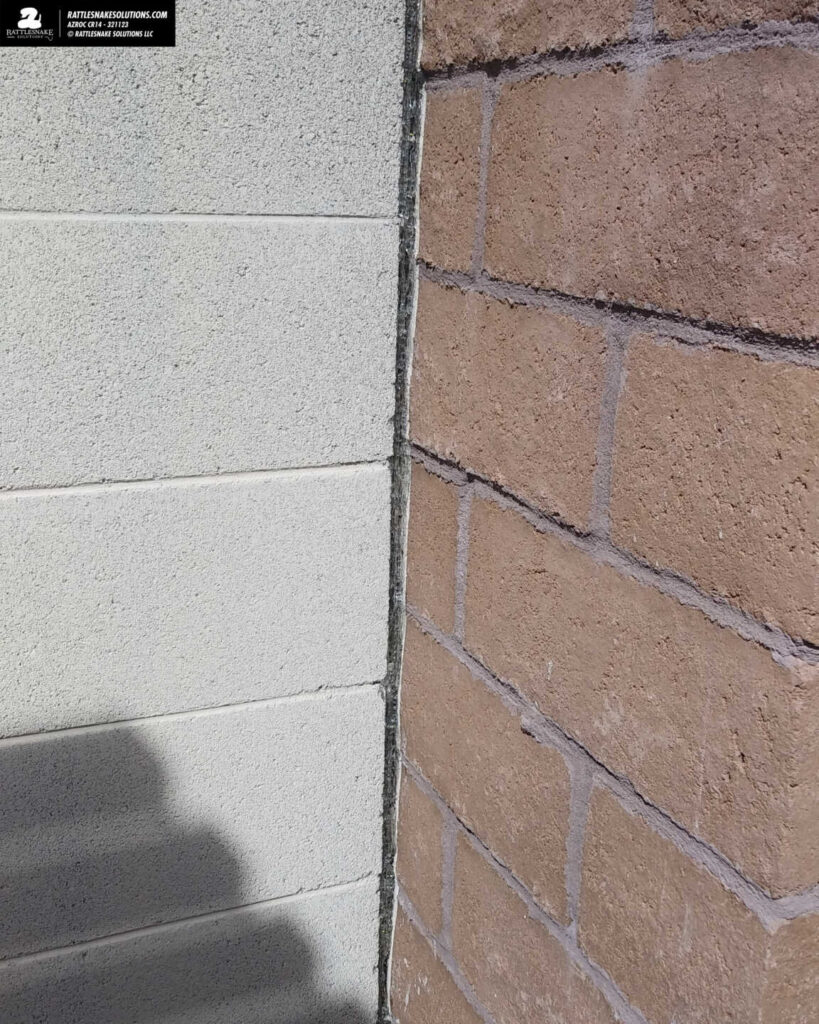
This is what sustainable rattlesnake conservation looks like: a matter of 40′. One one side, a safe area for a family to enjoy the pool and yard all year. On the other, a desert wash rich with wildlife, free to continue life despite adjacent development. Combined with an educated community, the culture of safe cohabitation with wildlife that was once killed on sight is a reality.
More information on Rattlesnake Fencing: https://rattlesnakesolutions.com/keep-snakes-away/snake-fence.php?p=social
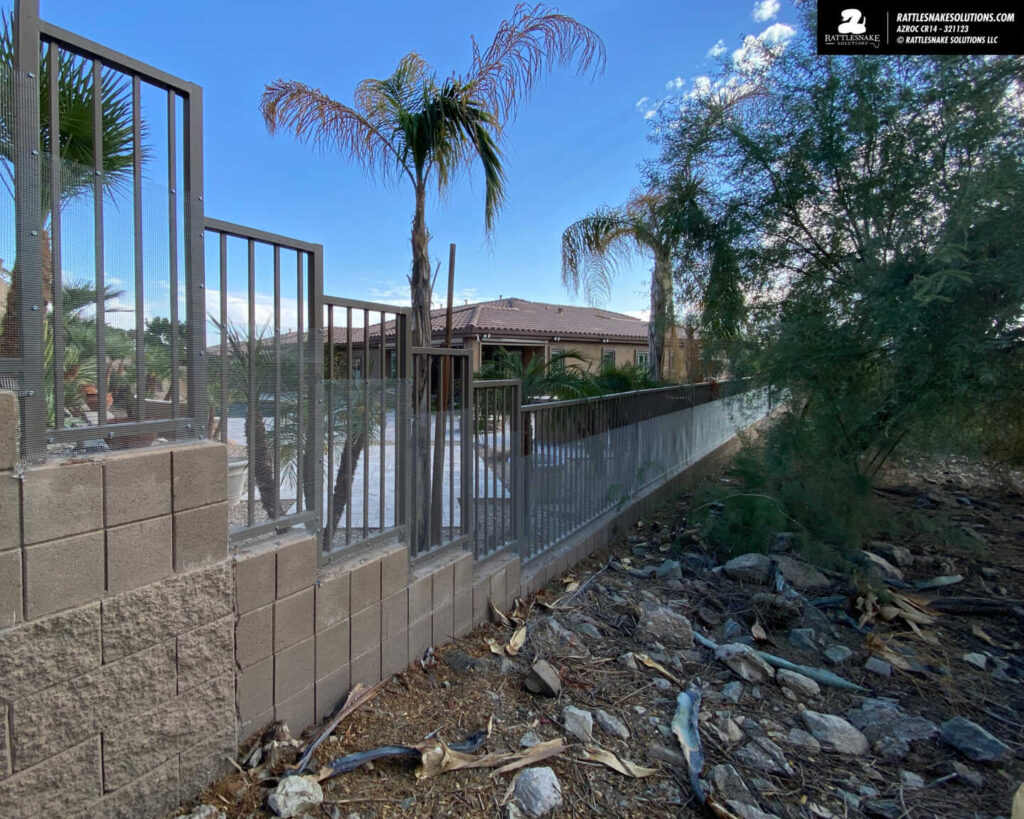
This is familiar – a Western Diamondback Rattlesnake hiding out in a water control box over the winter, as discovered the the landscaper working on it. Dave went out to capture the snake and safely relocate it to a suitable replacement den.

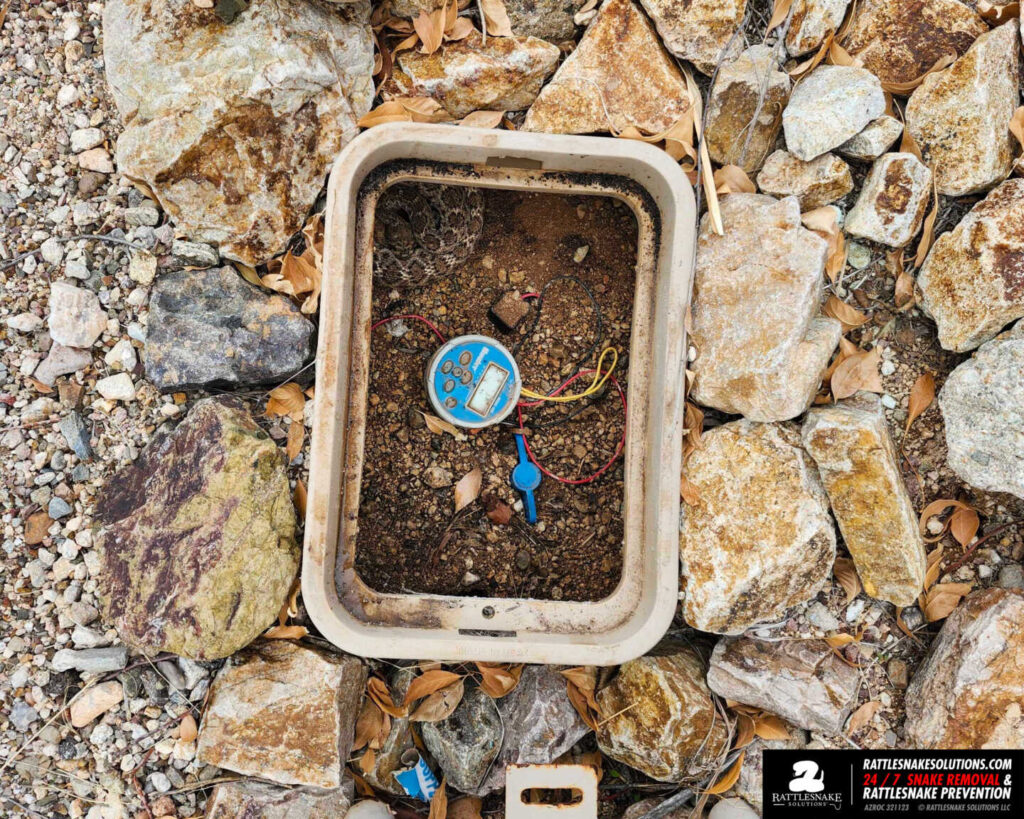
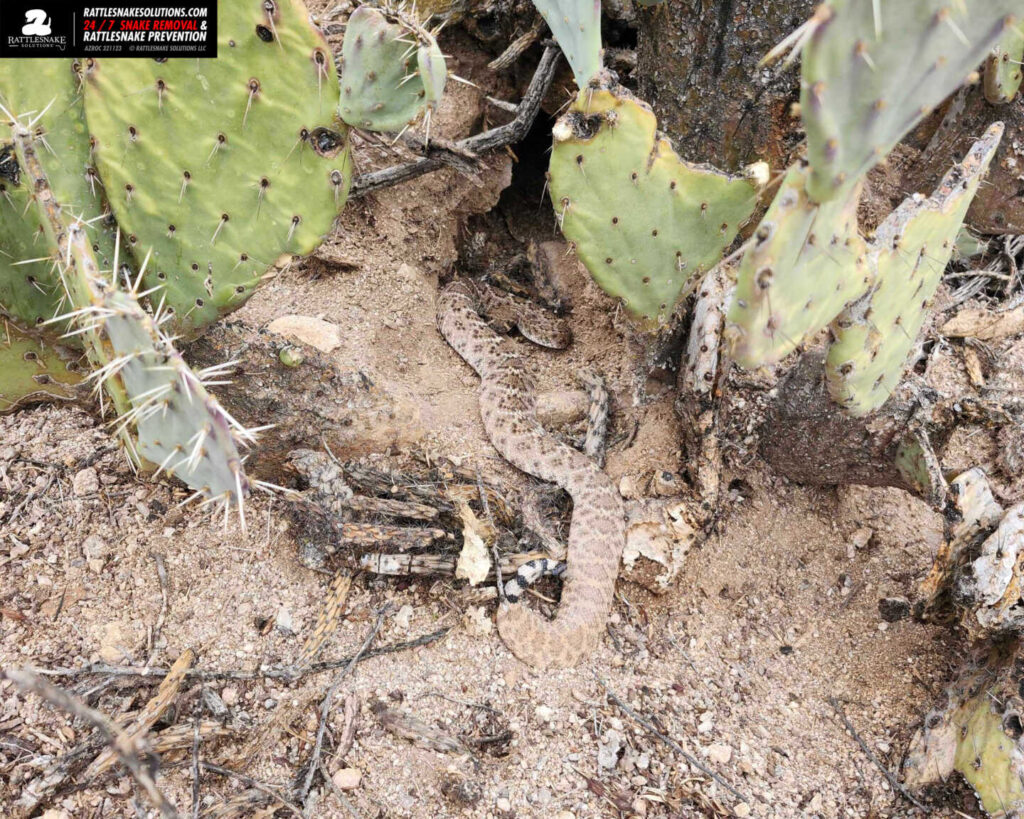
Another familiar urban rattlesnake den situation – under storage boxes in the pool equipment area. These zones are often hidden away and seldom visited, which makes them ideal for rodents to take up residence and then their predators as well. Dave was called out to this home in Tucson to end up capturing two large Western Diamondback Rattlesnakes. He released them to suitable replacement hibernacula: an old packrat nest under boulders.
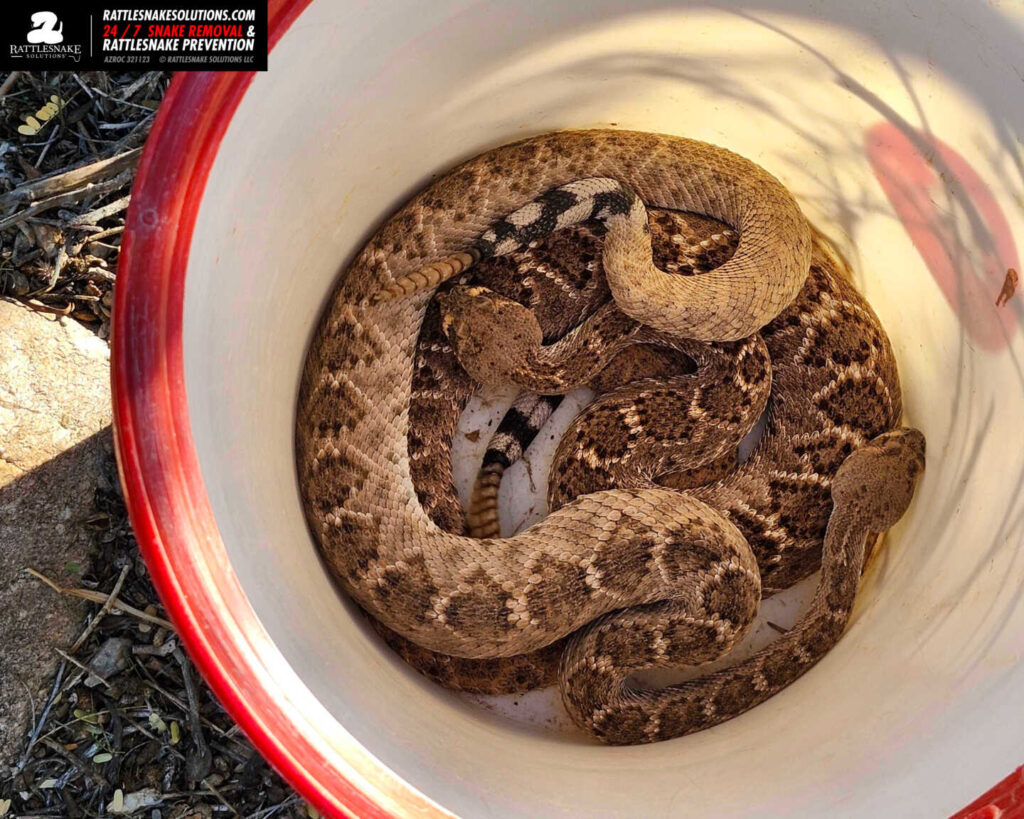
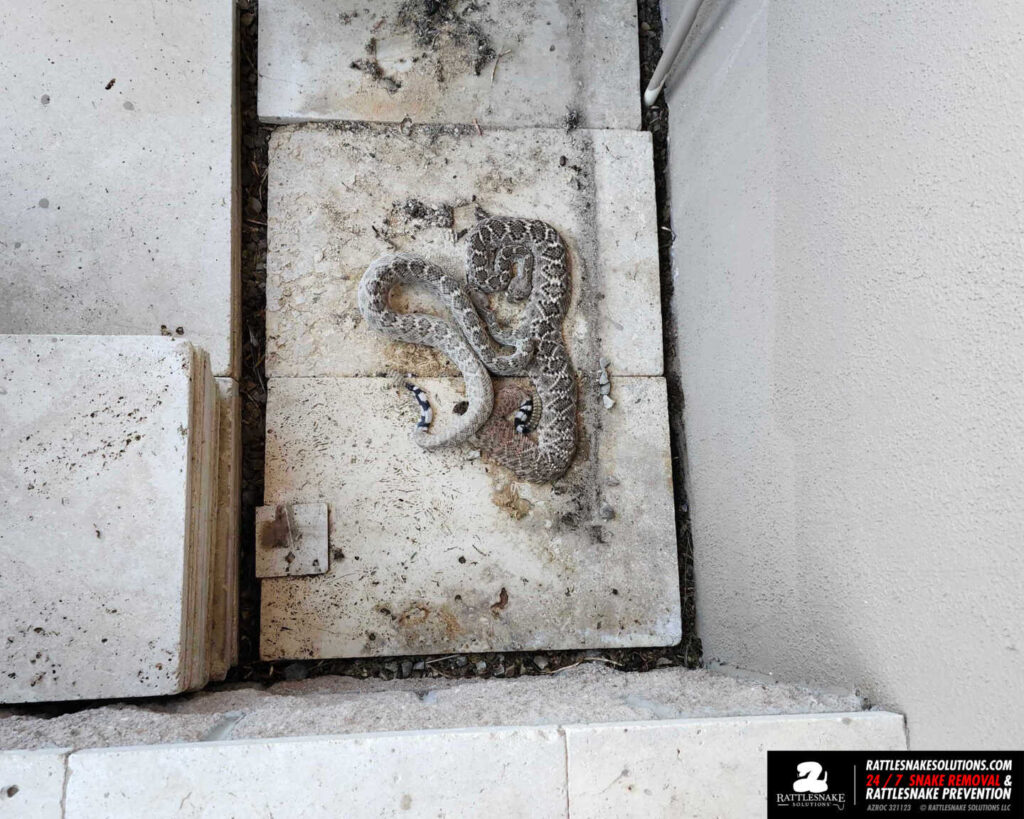
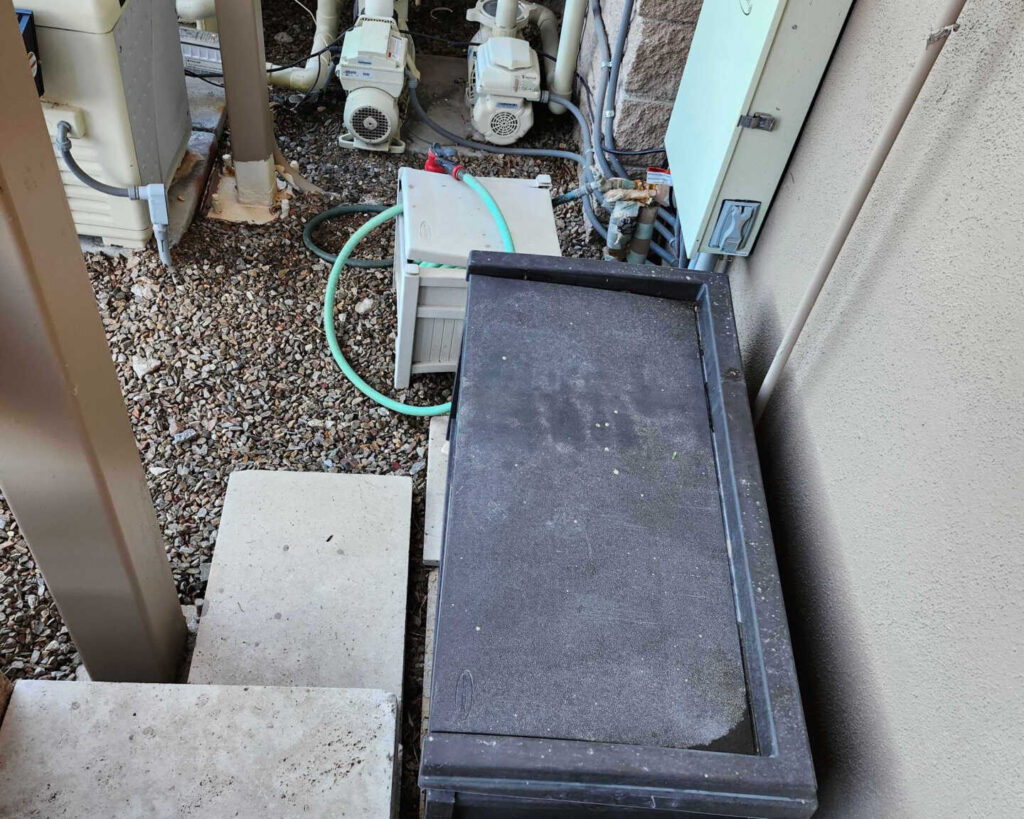
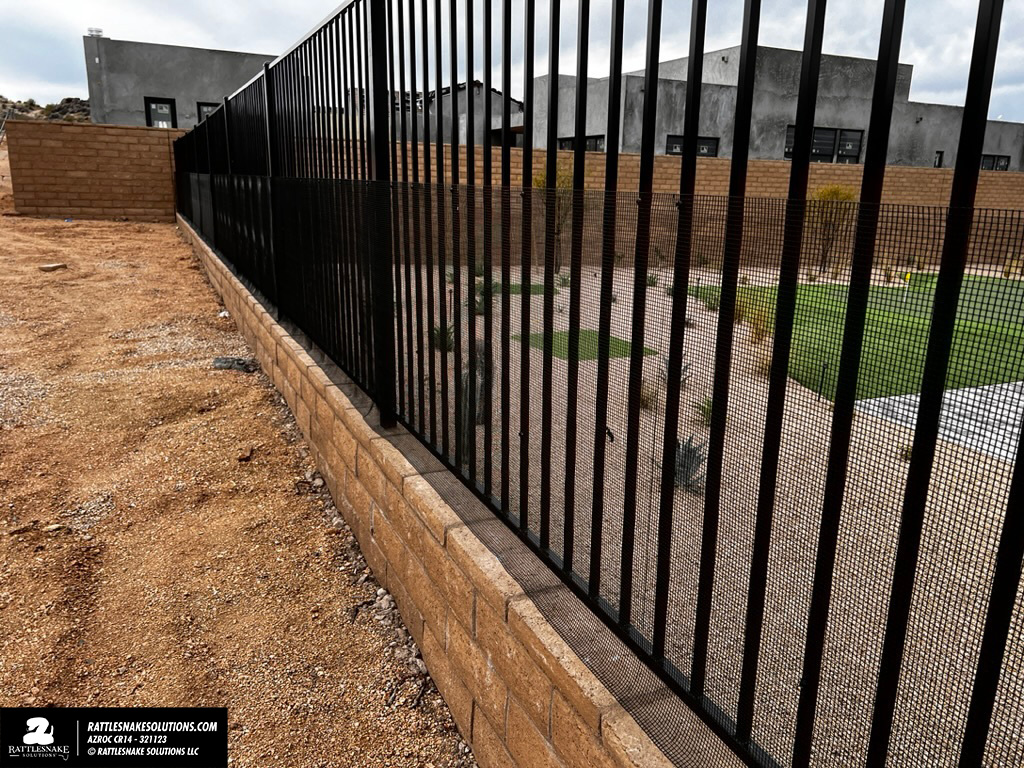
The first rattlesnake call for Nikolaus was in Tucson in 2024 – this nice-sized adult Western Diamondback Rattlesnake was hiding out in the garage. This situation will become much more common in late February as rattlesnakes start to stage towards the front of the structures, typically in corners next to the door.
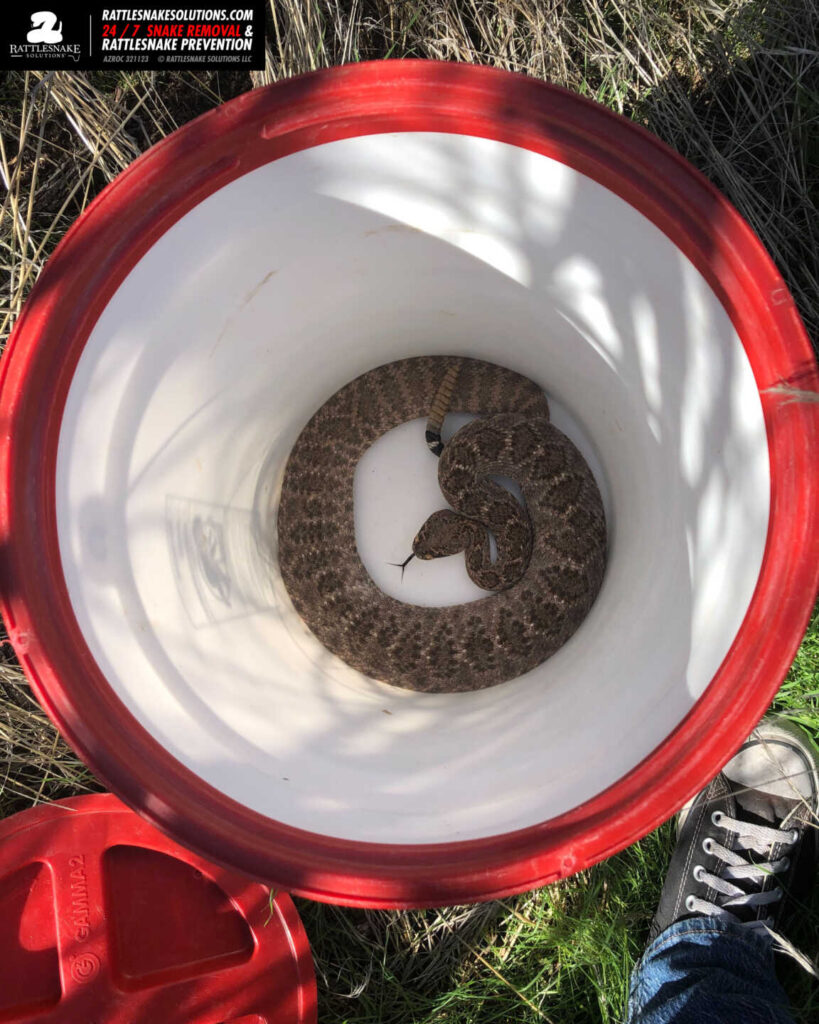
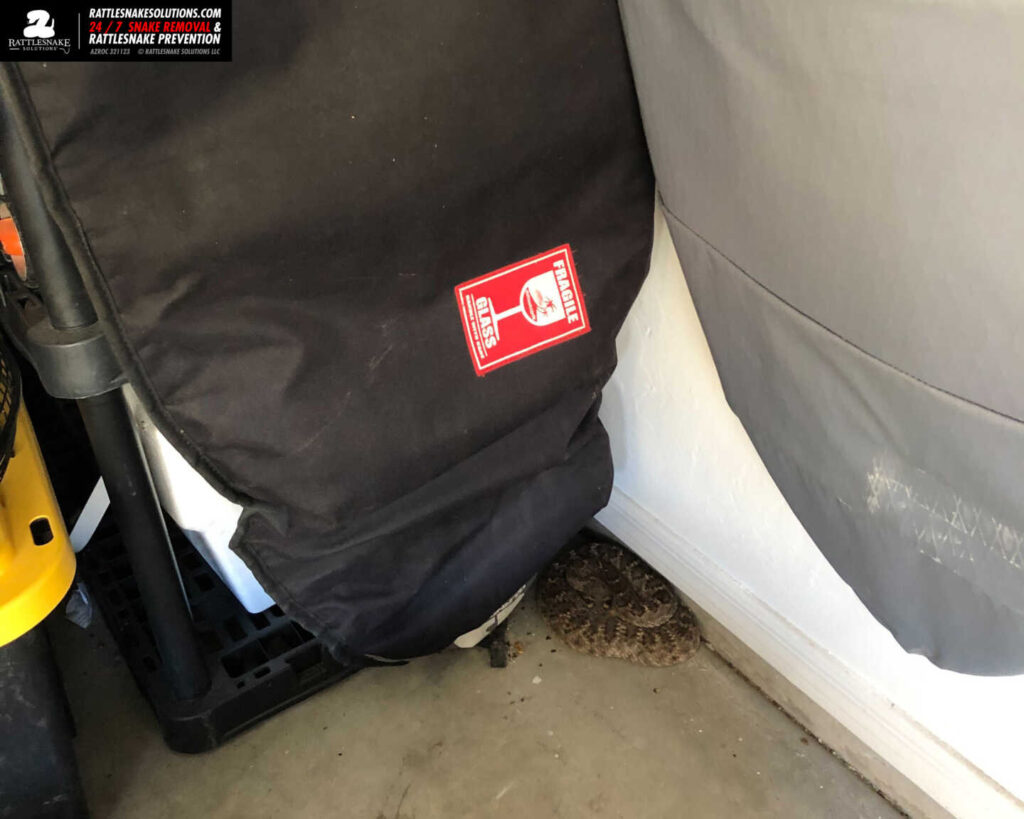
Marissa picked up this small Western Diamondback Rattlesnake after that last 80 degree winter day a few weeks back. It had likely been within a few feet of this spot all winter.
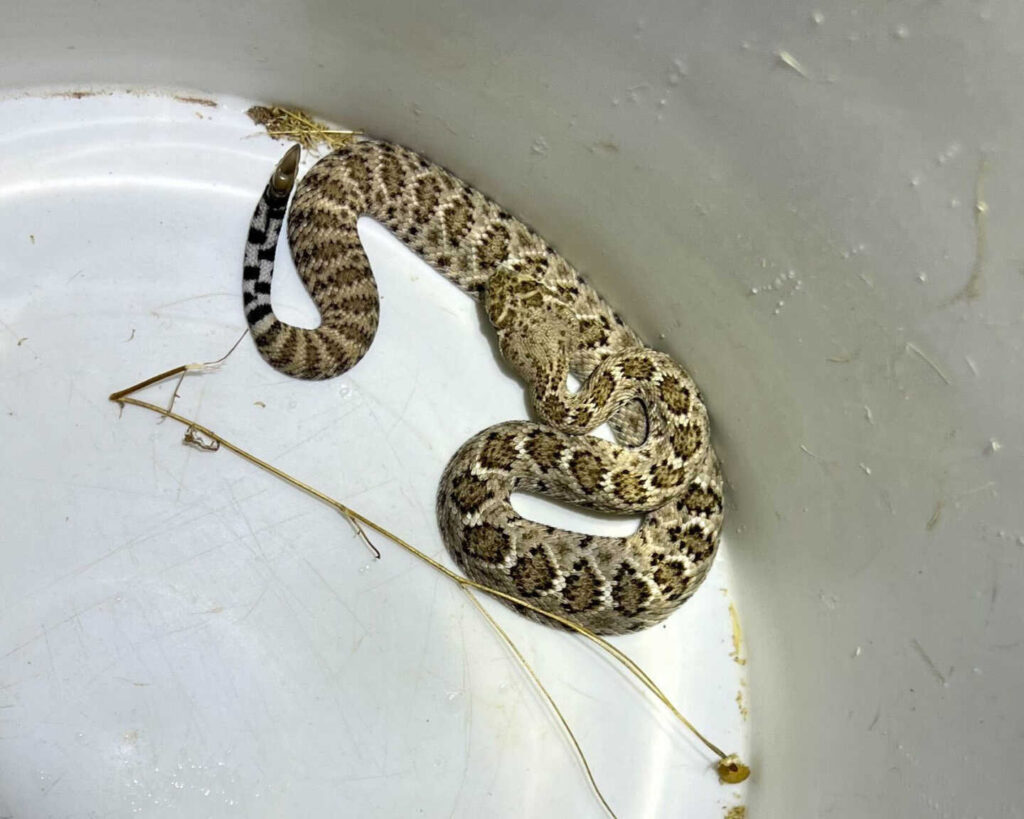
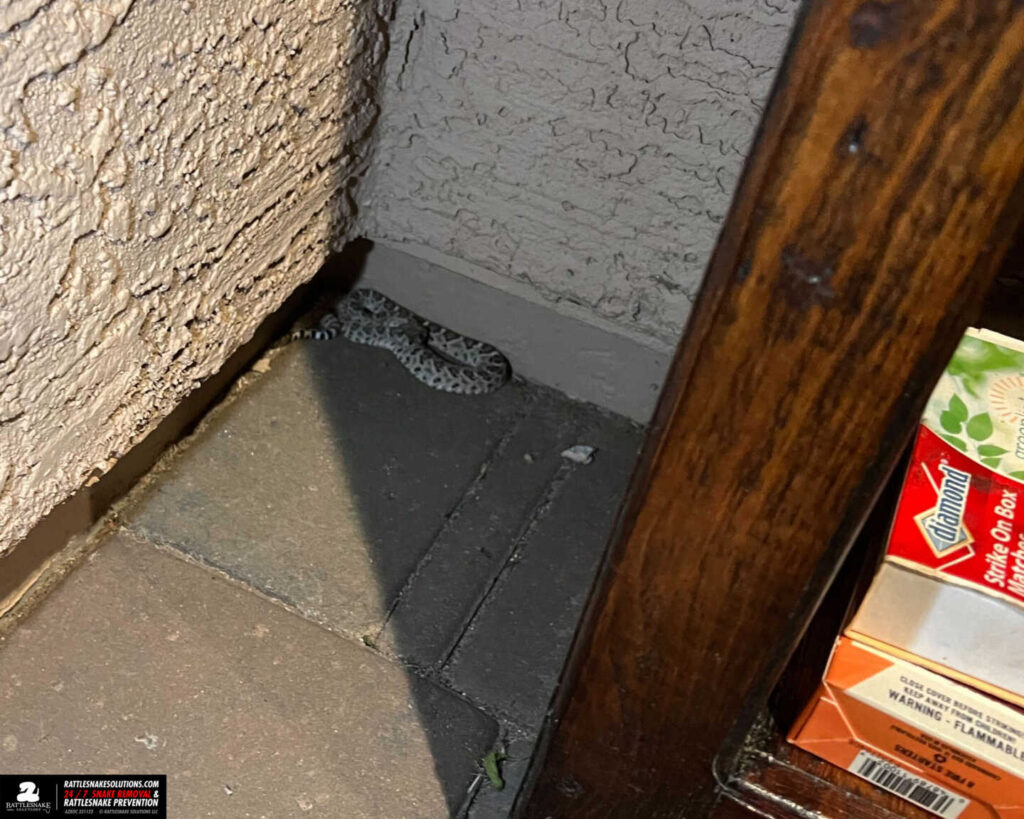
A homeowner in Tucson found this little Western Diamondback Rattlesnake while moving a large boulder in the back yard. This is likely where this small snake had been hibernating over the winter. Nikolaus was called out to safely relocate it to a better, carefully-selected alternative den.
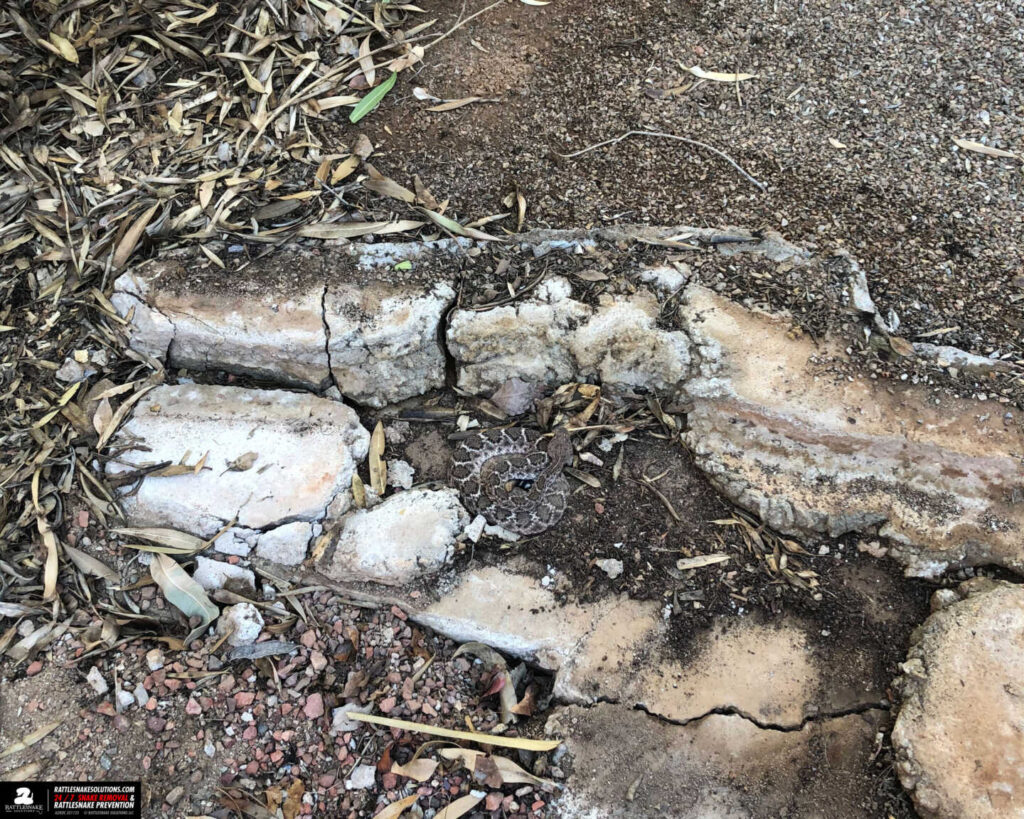
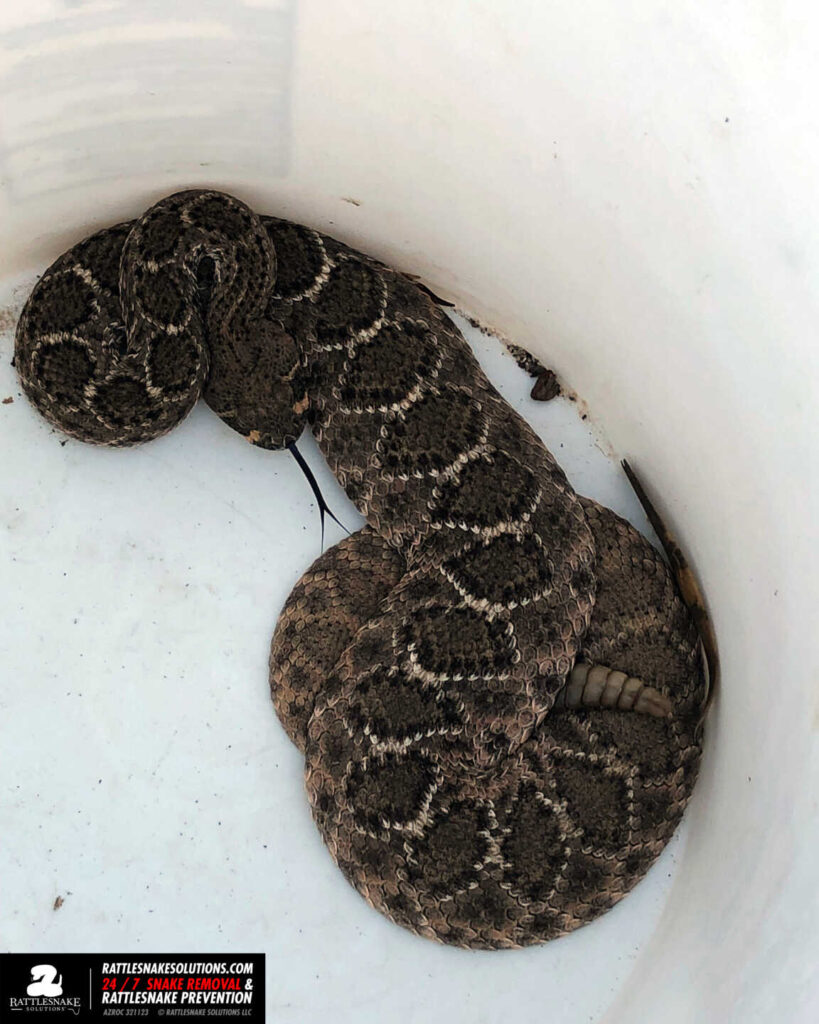
A recent rattlesnake fence installation was a bit of a challenge with the terrain and erosion situation, but the crew made it happen. Here’s a yard in centeral AZ that won’t be visited by rattlesnakes in 2024.
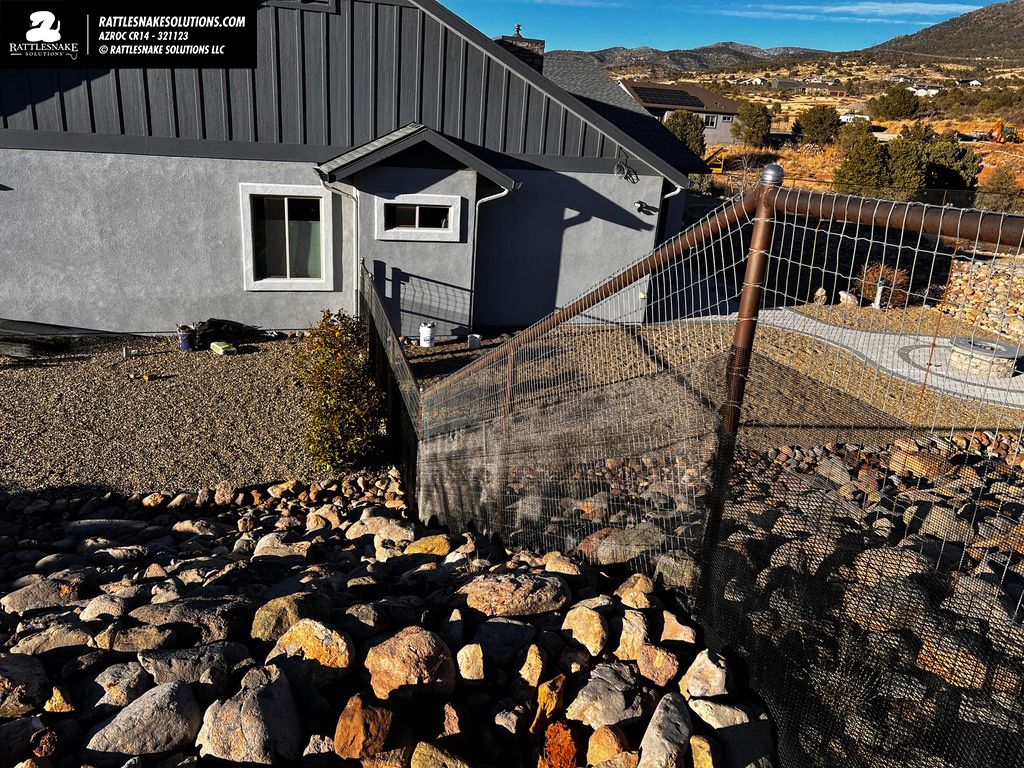
Marissa was able to save this Desert Nightsnake with its face stuck to a glue trap in Scottsdale a few days ago. The homeowner, who’d just moved into the house a few days before, said they’d be getting rid of these ASAP.
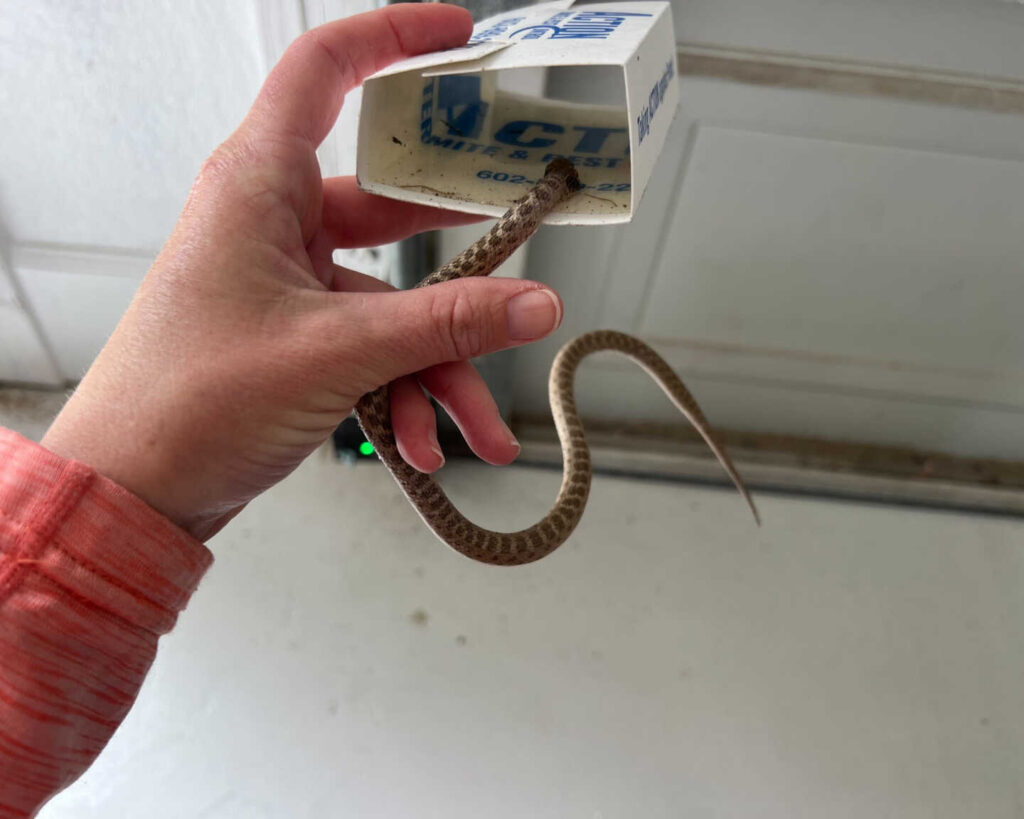
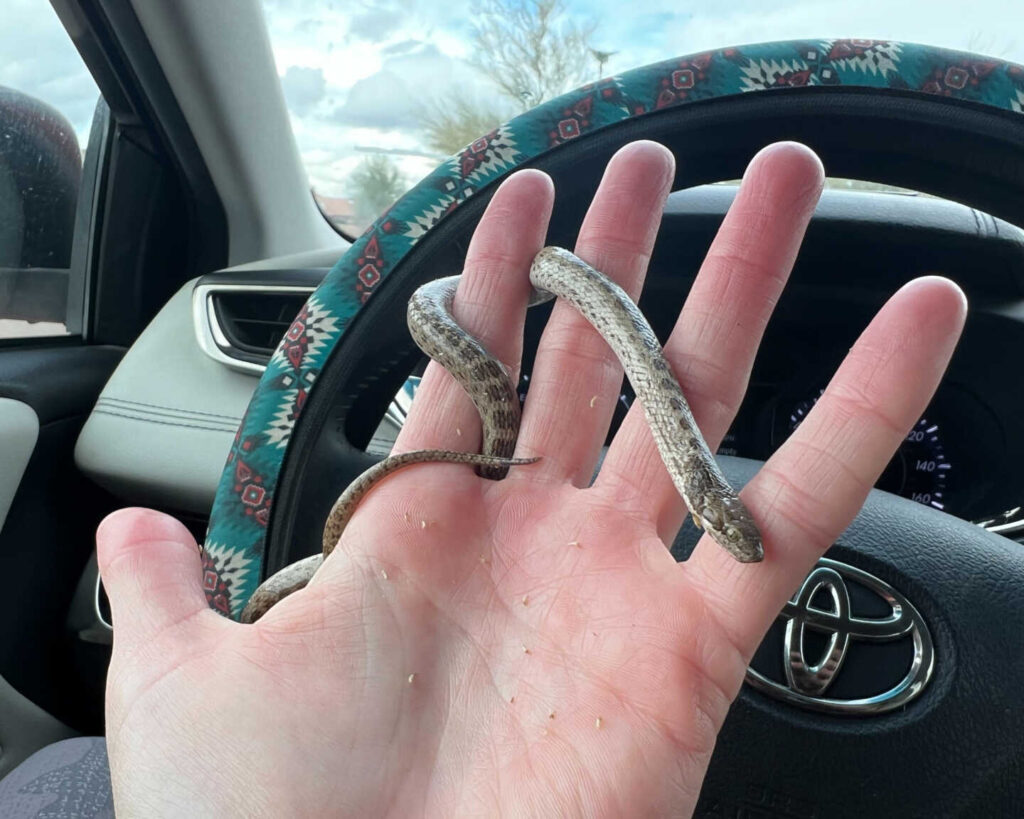
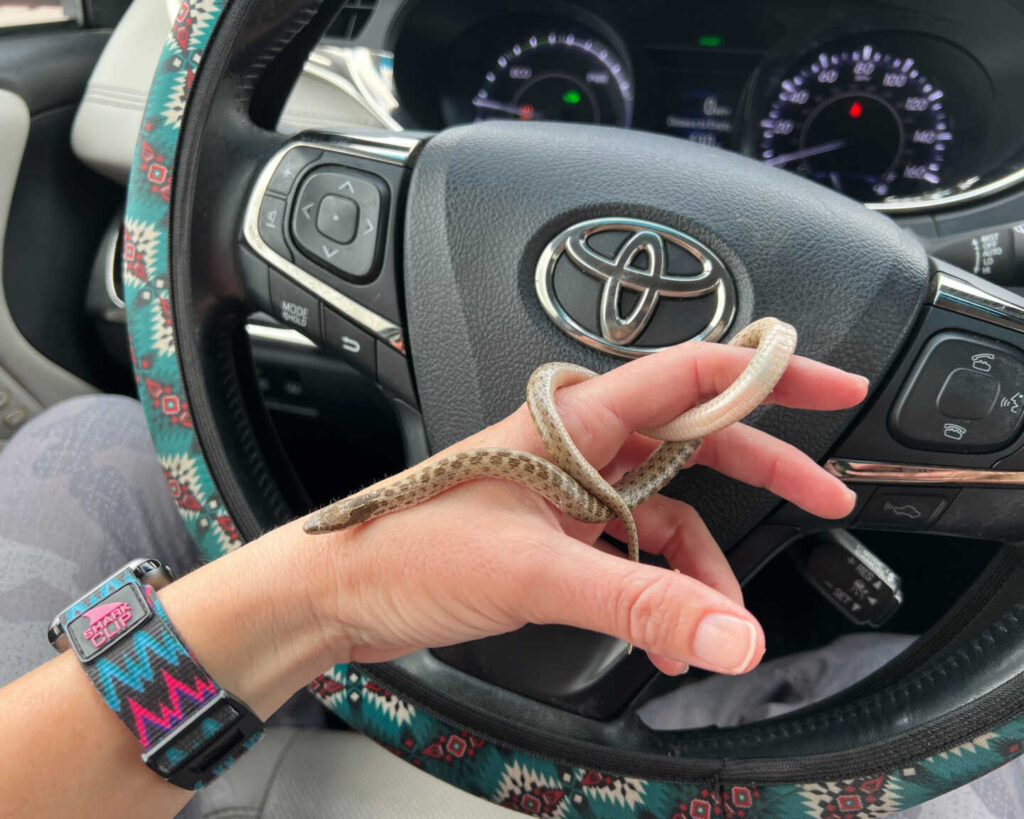
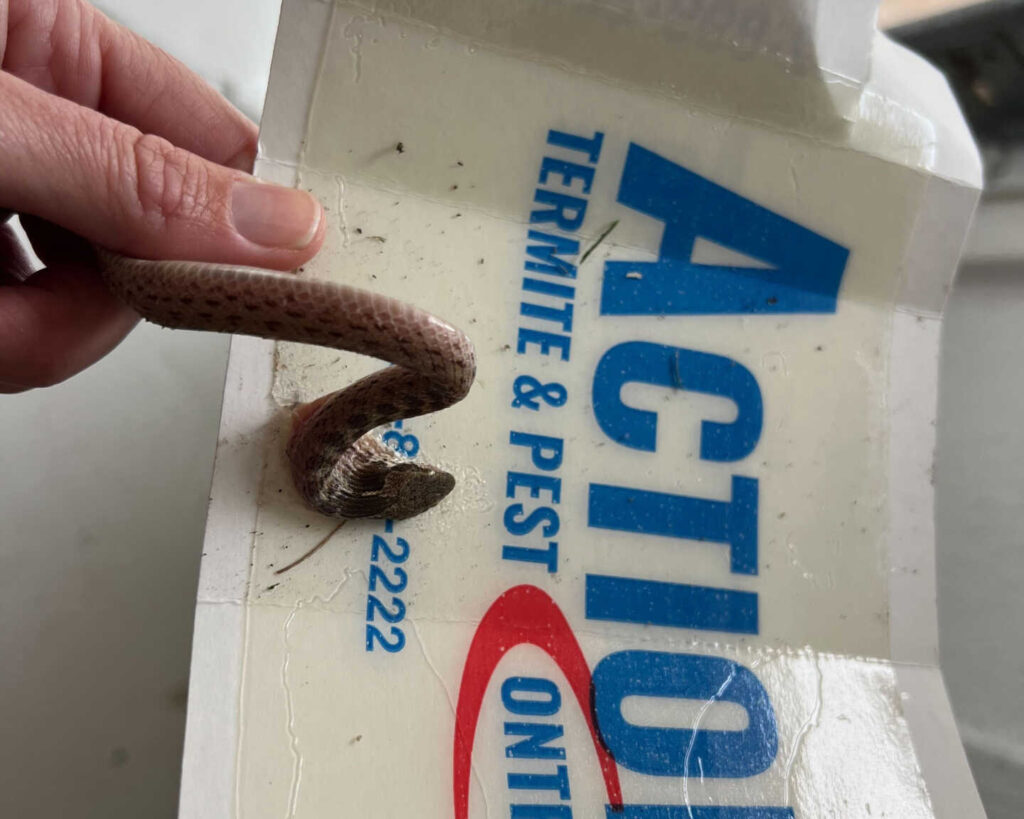
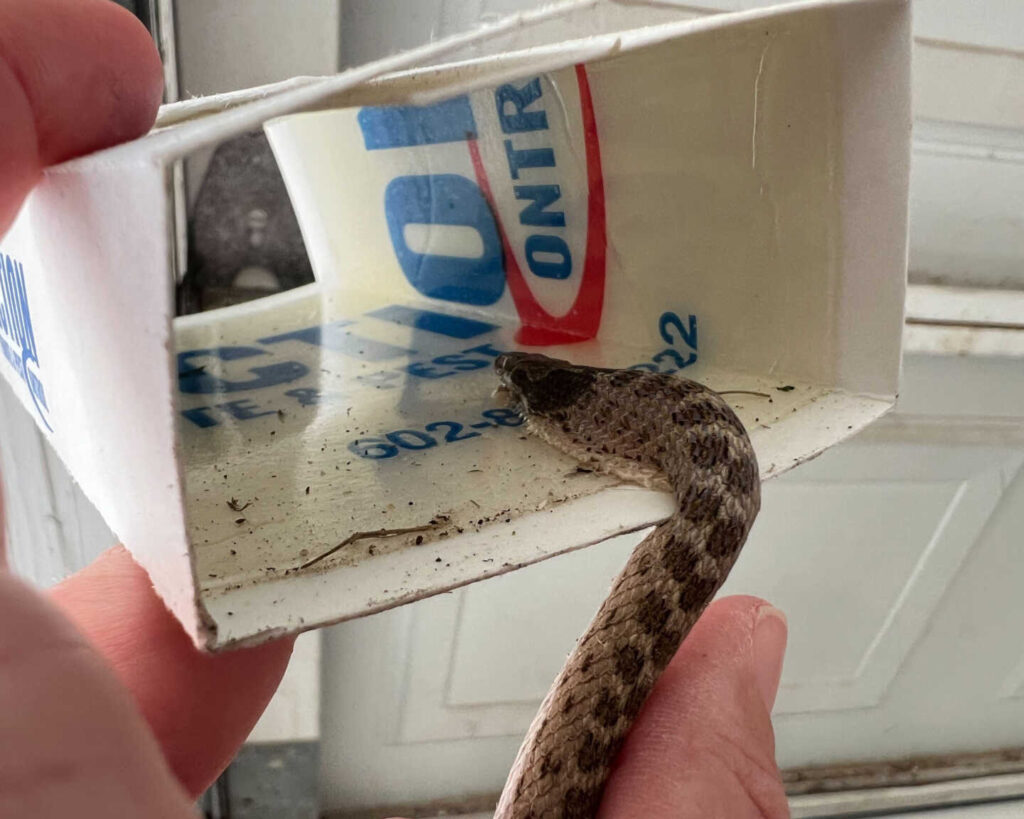
A homeowner saw a Sonoran Gophersnake in the backyard crawling around with a glue trap stuck to its neck. It went under an outdoor refridgerator, but they were able to tip it up and get the snake out. The poor thing had pulled itself free from the glue trap, but a patch of its skin came with it, exposing muscle underneath. The snake will likely heal and be ok, but these situations often go the other way.

